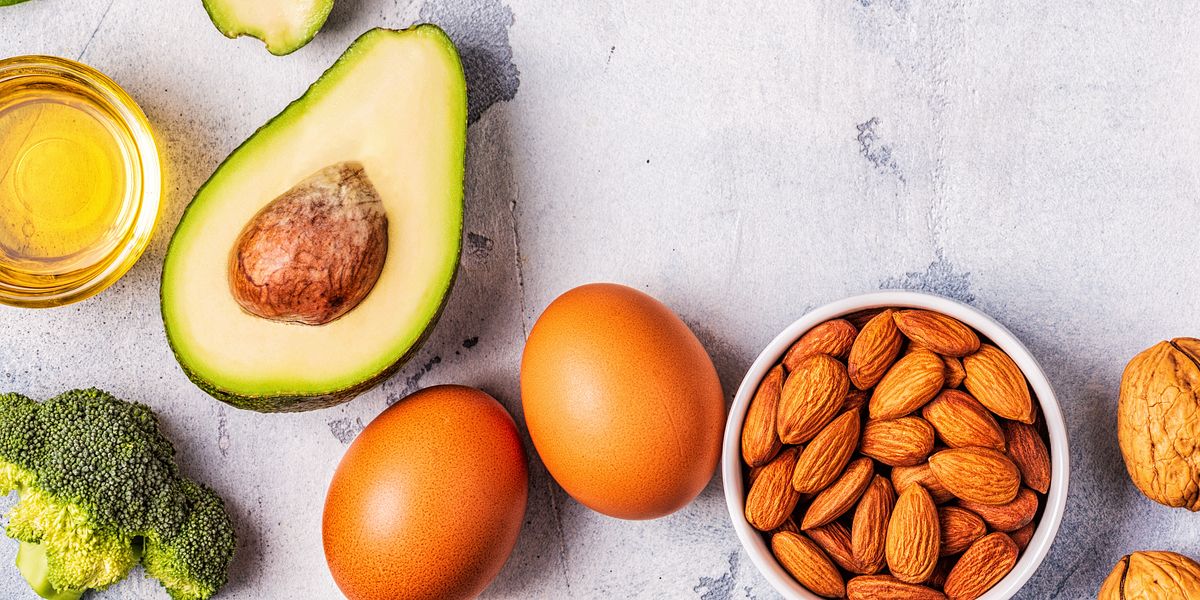As the name suggests, a low fat diet is one in which the amount of fat you eat is restricted.
The diet advice given by the NHS is one example of a low fat diet.
Why choose a low fat diet?
The primary reasons for choosing a low fat diet tend to be to help reduce overall calorie intake and to improve cholesterol levels.
To help achieve these aims a low fat diet should be appropriately balanced to include a healthy amount of vitamins and minerals.
Low fat diet foods
In the UK there are countless options of low fat foods available.
Typically a low fat diet will include foods such as:
- Whole grain foods – such as oats and higher fibre versions of pasta, rice and bread
- Lean meats – such as skinless chicken and turkey
- White fish
- Reduced fat dairy – skimmed milk and low fat yoghurt and cheese
- Vegetables
- Lentils
- Fruit
Fatty foods to avoid or reduce
Typically a low fat diet will involve reducing fat intake from foods such as butter, eggs and cheese.
Other foods containing relatively high quantities of fat include salad dressings, certain sauces and pastry and sponge based foods.
Low fat diets and weight loss
Fat carries a higher number of calories per gram than carbohydrates or proteins and so reducing fat can help to reduce your overall calorie intake.
Whole grain versions of foods such as bread are recommended in preference to non-whole grain versions (such as white bread) partly because they are turned into blood sugar more slowly. The fibre and extra nutrients they contain are also healthier than white versions.
It is recommended to include a significant proportion of fruit and vegetables through each day.
The target in the UK is to eat at least 5 portions of fruit and vegetables each day, however, other (arguably more healthy) countries have targets of at least seven or nine portions of fruit and veg a day.
Should I be aiming for a no fat diet?
It is important to recognise that fat plays a useful role within our body.
Fat helps to build the membranes that make up our body’s cells and helps to keep our hair and skin healthy.
Whilst a low fat is often recommended by health organisations, trying to achieve a no fat diet is unlikely to be recommended.
Low fat diets and blood sugar levels
One criticism of low fat diets from people with diabetes is that they tend to be more reliant on carbohydrate as the primary source of energy, which can see blood glucose levels raised.
- An alternative approach to a low fat diet is a low carbohydrate diet
What are good and bad fats?
The terms ‘good’ and ‘bad’ fats are often used to distinguish between saturated and unsaturated fats.
Good fats refers to the unsaturated fats as found in avocados, nuts and oily fish. It is widely believed that these fats are largely beneficial for us.
Bad fats refers to saturated fats as found in meat and dairy products. There is some debate as to whether the saturated fats found in meat and dairy should be labelled ‘bad’.
Bad fats also refers to hydrogenated fats which may be used to help increase the shelf life, consistency and taste of processed foods. Hydrogenated fats, in the form of trans fats, have been found to be harmful to the body.
- Read more about fat and diabetes







